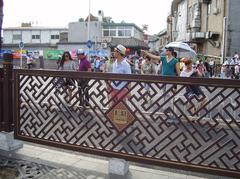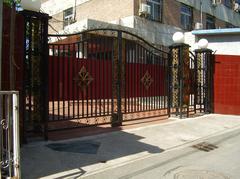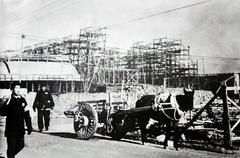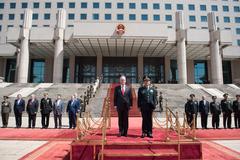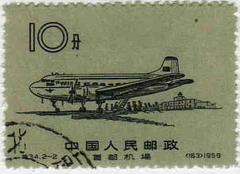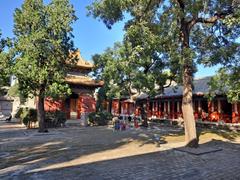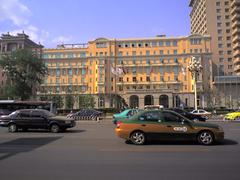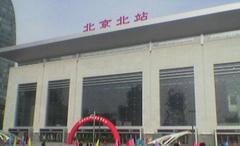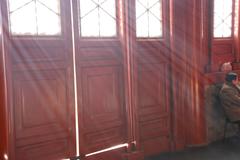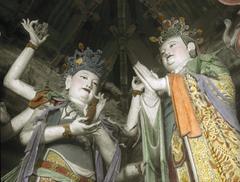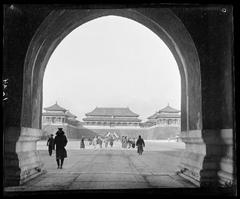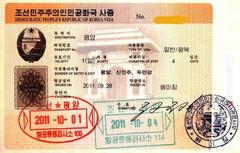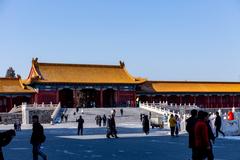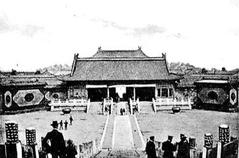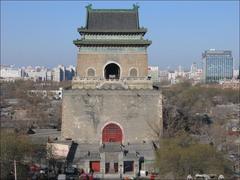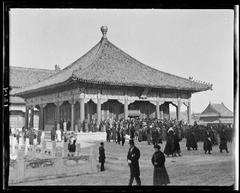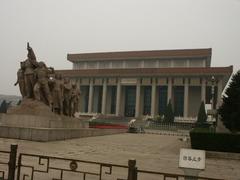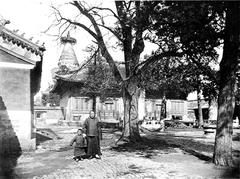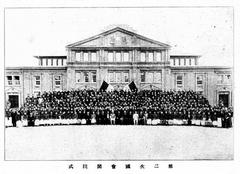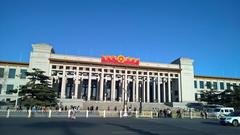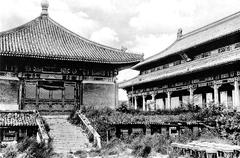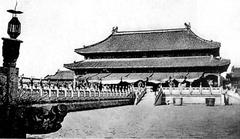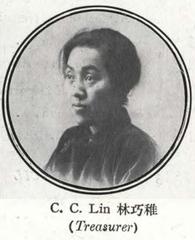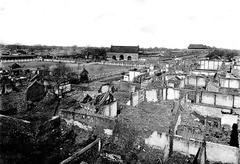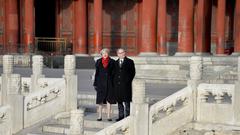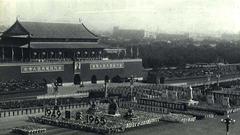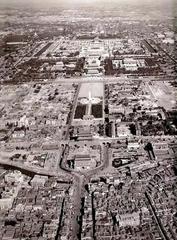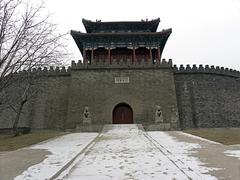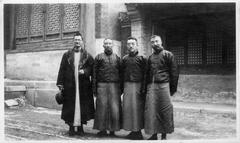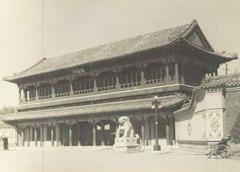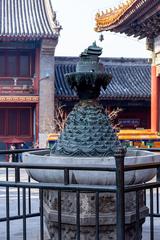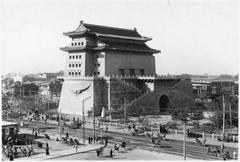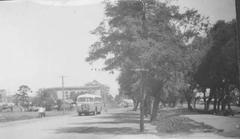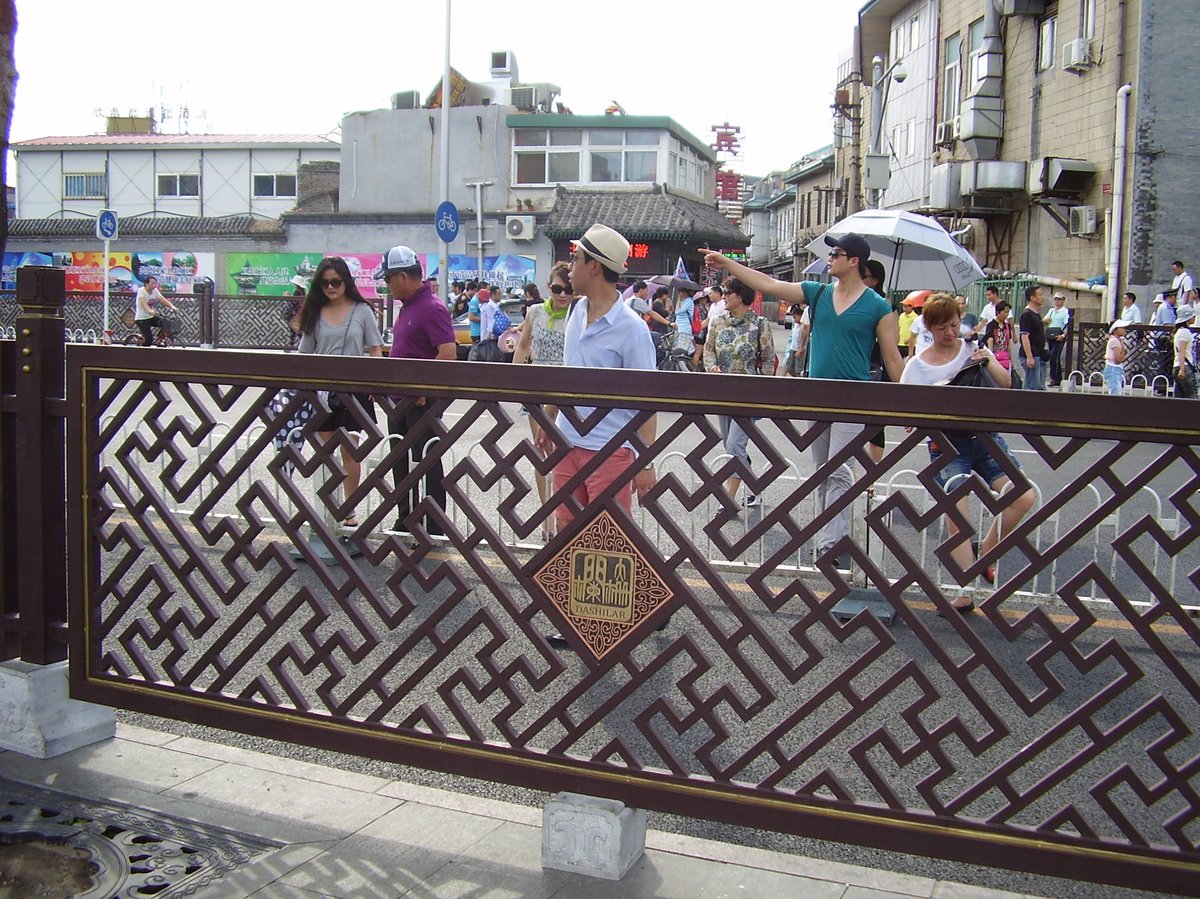
Complete Guide to Visiting Qianmen East Road, Beijing, China
Publication Date: 01/08/2024
Introduction
Qianmen East Road (前门东路) in Beijing is a historically rich area that offers a unique blend of traditional and modern experiences. This fascinating street is part of the larger Qianmen Street, which has been a significant commercial and cultural hub for centuries. It dates back to the Ming Dynasty (1368-1644) when it was known as Zhengyangmen Street and served as the imperial road for emperors traveling to the Temple of Heaven and the Altar of Mountains and Rivers (visitbeijing). Today, Qianmen East Road is a vibrant destination that showcases Beijing’s rich cultural heritage through its architectural marvels, historical sites, and bustling commercial activities. From the iconic Zhengyang Gate built in 1419, which served as a crucial defensive structure and ceremonial entrance, to the numerous time-honored shops and eateries, visitors can immerse themselves in the historical and cultural essence of Beijing (chinatripedia). Whether you’re interested in exploring ancient temples, enjoying traditional Chinese opera at Guanghe Theatre, or indulging in local cuisine at renowned restaurants like Quanjude Roast Duck, Qianmen East Road offers something for everyone. This guide provides comprehensive insights into the historical significance, visiting hours, travel tips, and nearby attractions to help you make the most of your visit to this iconic location.
Contents
- Introduction
- Historical Significance
- Origins and Early History
- Zhengyang Gate: The Front Gate
- Architectural Marvels
- Restoration and Preservation
- Cultural and Commercial Hub
- Temples and Religious Significance
- Visitor Information
- Visiting Hours
- Ticket Prices
- Travel Tips
- Nearby Attractions
- Accessibility
- Modern-Day Significance
- FAQ
- Conclusion
Historical Significance
Origins and Early History
Qianmen East Road is part of the larger Qianmen Street, a vital commercial and cultural hub for centuries. Its origins date back to the Ming Dynasty (1368-1644), when it was known as Zhengyangmen Street. The street served as the imperial road for emperors traveling to the Temple of Heaven and the Altar of Mountains and Rivers. The common people later renamed it Qianmen Street (visitbeijing).
Zhengyang Gate: The Front Gate
At the southern end of Qianmen Street stands the iconic Zhengyang Gate, also known as Qianmen Gate. Built in 1419 during Emperor Yongle’s reign, it was one of the nine gates guarding Beijing’s inner city. This gate played a crucial role in protecting the capital and served as a ceremonial entrance for emperors, officials, and foreign dignitaries (chinatripedia).
Architectural Marvels
The Zhengyang Gate is an architectural masterpiece reflecting ancient Beijing’s grandeur. It features a central archway flanked by two imposing watchtowers used for military surveillance. The exterior walls are painted vibrant red, symbolizing good fortune, and the roofs are covered with yellow glazed tiles, representing imperial majesty (chinatripedia).
Restoration and Preservation
Over the centuries, the Zhengyang Gate has undergone multiple renovations to maintain its historical integrity. The most recent restoration occurred in 2005 before the 2008 Beijing Olympics (chinatripedia).
Cultural and Commercial Hub
Qianmen Street has long been a bustling commercial center. During the Ming and Qing Dynasties, it housed numerous shops and businesses, many of which have become time-honored brands in China, such as Liu Bi Ju, Tong Ren Tang, and Zhang Yiyuan Tea House (visitbeijing).
Temples and Religious Significance
Inside the Barbican of the Zhengyang Gate, there are two significant temples: the Temple of Guan Yu and the Goddess of Mercy Temple. These temples add a layer of religious and cultural significance to the area (visitbeijing).
Visitor Information
Visiting Hours
Qianmen East Road is generally accessible to visitors at all times, but specific attractions like the Zhengyang Gate have set visiting hours. Typically, these sites are open from 8:30 AM to 5:00 PM. It’s advisable to check for any changes in timings on official websites before planning your visit.
Ticket Prices
Entry to Qianmen Street is free, but certain attractions like the Zhengyang Gate may require a ticket. Ticket prices for the gate are usually around 20 RMB for adults. Discounts may be available for students and seniors.
Travel Tips
- Best Time to Visit: Spring and autumn are ideal for visiting due to pleasant weather.
- Getting There: The easiest way to reach Qianmen East Road is by taking Line 2 of the Beijing Subway to Qianmen Station.
- What to Wear: Comfortable walking shoes are recommended as the area involves a lot of walking.
Nearby Attractions
- Temple of Heaven: A short distance from Qianmen East Road, this temple is a UNESCO World Heritage Site.
- Tiananmen Square: One of the largest public squares in the world, located nearby.
- Forbidden City: The imperial palace complex, a must-visit for its historical significance.
Accessibility
Qianmen East Road is relatively accessible, with paved pathways suitable for wheelchairs. However, some historical sites may have limited accessibility due to their ancient structures.
Modern-Day Significance
Today, Qianmen East Road continues to be a popular destination for tourists and locals. The area offers a blend of historical and modern attractions, making it a must-visit location in Beijing (chinatripedia).
FAQ
- What are the visiting hours for Qianmen East Road? Most attractions are open from 8:30 AM to 5:00 PM.
- How much are tickets for the Zhengyang Gate? Tickets are typically around 20 RMB for adults.
- What is the best time to visit? Spring and autumn are the best times due to the pleasant weather.
Conclusion
Qianmen East Road is a historically significant area that offers a glimpse into Beijing’s rich cultural heritage. From the iconic Zhengyang Gate to the bustling commercial center of Qianmen Street, this area is a testament to the city’s vibrant history and enduring legacy.
Call to Action
For more information and updates, download the Audiala mobile app, check out related articles, or follow us on social media.
Summary
Visiting Qianmen East Road in Beijing is not just a journey through a bustling commercial street but a deep dive into the rich tapestry of China’s history and culture. From its origins during the Ming Dynasty to its role as a ceremonial and commercial hub, Qianmen East Road encapsulates the essence of Beijing’s historical evolution. The area offers a blend of ancient architectural marvels like the Zhengyang Gate and modern attractions such as diverse dining options and vibrant shopping streets (chinatripedia). With its accessibility and close proximity to other significant landmarks like the Temple of Heaven and Tiananmen Square, Qianmen East Road is a must-visit for anyone looking to experience the heart of Beijing. By following the travel tips and visitor information provided, you can ensure a safe, enjoyable, and enriching experience. Whether you’re a history buff, a foodie, or simply a curious traveler, Qianmen East Road offers a unique and unforgettable glimpse into Beijing’s past and present. For more detailed information and updates, consider downloading the Audiala mobile app and following related posts on social media.
